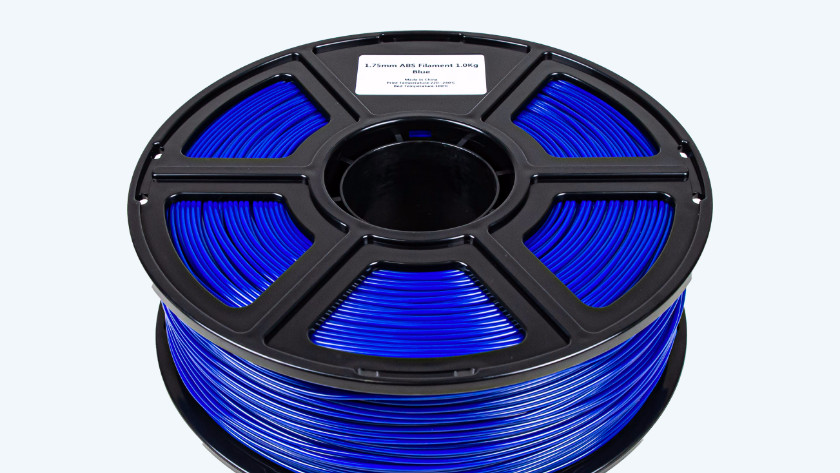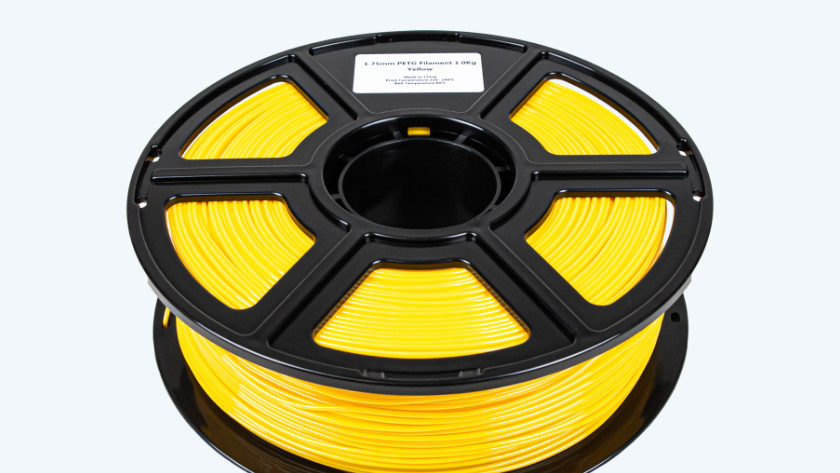
Advice on filaments
What do you have to keep in mind when you choose filament?

Not all printers can handle all different types of filament. Check if your 3D printer can use the filament you want.
For an optimal print experience, we recommend to use filament of the same brand as your printer. This way, you can be sure you can correctly adjust your 3D printer to the filament you use. Keep in mind that filaments need different printer temperatures.
Which different filaments are there?

PLA filament
- Biodegradable.
- It doesn't give of unpleasant fumes during printing.
- It cools down slowly, so you don't need a heated print bed.
- Higher possible print speed than with ABS and PVA filaments.
- More suitable for very detailed designs.
- PLA isn't heat-resistant.
- Breaks more easily than ABS.
- You need a print head fan for an optimal result.
If you adjust your 3D printer correctly, you can make the most detailed prints with PLA. PLA is especially suitable if you want to make models.

ABS filament
- Can take a hit, even at lower temperatures.
- Heat-resistant, some ABS filaments can be washed.
- Easier to glue than PLA.
- Plastic fumes while printing.
- Not biodegradable.
- Cools down quickly, so you need a heated print bed.
These properties make ABS especially useful for utensils. Think of coffee mugs, plates, toys, or mechanical parts.

PETG filament
- Breaks less easily than other filaments.
- There are no unpleasant fumes while printing.
- Heat-resistant.
- Not biodegradable.
- PETG absorbs moisture, so store this filament in a dry place.
- The material scratches easily.
PETG is a strong and flexible filament. The material can touch food and water. This way, you can make water bottles and containers.
Are there other filament types?
In addition to these common filament types, there are other types that have unique properties. Think of LayBrick (sandstone) filament, extra flexible filament, or nylon filament.



